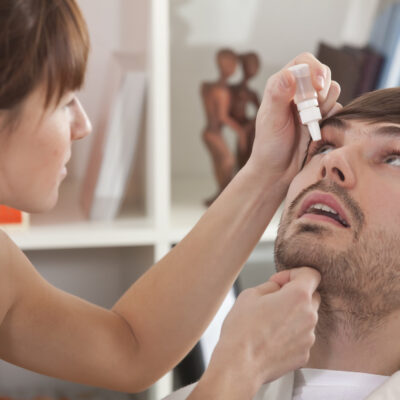
Understanding overactive bladder
An overactive bladder is a common medical condition in which the person feels an urgent need to urinate several times a day. This frequent urge to urinate can occur numerous times throughout the day or even during the night. Thus, it results in loss of bladder control, which in medical terms is coined as urge incontinence. It leads to a sudden need to urinate immediately and this may be difficult to control leading to uncontrolled urination.
Overactive bladder affects millions of Americans. Almost 30% of men and 40% of women in the country live with overactive bladder symptoms. It isn’t a disease, but a name for a group of urinary symptoms.
There is another common bladder problem known as stress urinary incontinence (SUI), which is different than an overactive bladder. People suffering from SUI leak urine when they sneeze, laugh, or do other physical activities.
Types
The two most common types of overactive bladders are:
- Dry overactive bladder – A dry overactive bladder is when an individual has a sudden, urgent need to urinate usually during the day.
- Wet overactive bladder – A wet overactive bladder, also known as urge incontinence, occurs when an individual has an extremely uncontrollable need to pass urine to the extent that the individual’s bladder starts leaking wherever they are and before they can even go to the bathroom.
Causes and risk factors
Overactive bladder is categorically caused by contractions or spasms of the urinary bladder, which are beyond the control of the individual, resulting in a strong sense to urinate suddenly. It is an issue of the nerves and muscles of the bladder that experience early compression as against the ordinary unwinding period of bladder filling.
Studies have found the following risk factors for overactive bladder:
- Race – It has been found that people of Hispanic descent are more prone to having this problem.
- Depression – Mental health is directly related to overactive bladder.
- Old age – As age gradually increases, the bladder walls become weaker.
- Obesity – Increased weight issues lead to urinary bladder problems.
Other medical factors include:
- Weak pelvic muscles
- Diuretic medications
- Aging
- Parkinson’s disease
- Herniated disc
- Back or pelvis surgery
- Radiation
- Multiple sclerosis
- Stroke
Symptoms
Some signs and symptoms of an overactive bladder include:
- Frequent urination, leading to a frequent urge to urinate more than eight times a day
- Sudden urge to urinate (uncontrollable need to pass urine, irrespective of whether the bladder is actually full) with or without urgent urinary incontinence
- Nocturia (waking up more than once or twice at night to urinate)
The problems related to an overactive bladder may be many, including psychological, emotional, physical, and sexual.
Diagnosis and treatment
The treatment for an overactive bladder can differ for every person. It is ideally recommended to begin with less obtrusive treatments. The recommended line of therapy includes behavioral, dietary, and lifestyle therapies. Biofeedback is also taken from few people and this is quite informative.
Biofeedback may be conducted by a physical therapist. More extensive surgical therapies are available but are rarely needed for treatment of overactive bladder, which is not the result of a nervous system condition.


